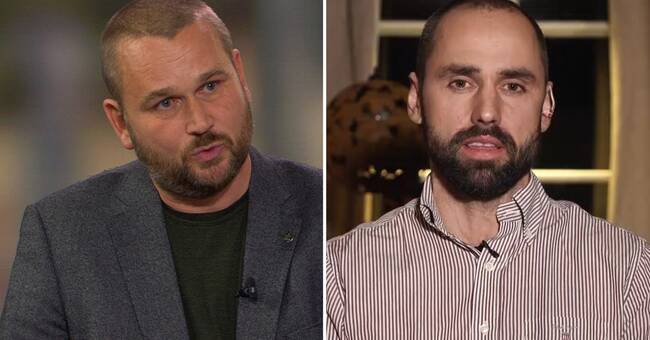The wild boar is gaining more and more ground - literally, when entire plots, football pitches and cultivated arable land are turned upside down during the animals' progress.
One of the farmers affected is farmer David Pettersson.
- For me and many of my colleagues, it is about faith in the future.
We do not see a sustainable development of agriculture as it is now.
At the same time, we also do not see how we can achieve the goals that authorities set for us: That we should increase food supply, contribute to greater biodiversity and so on - when we are constantly opposed by the wild boars, he says and adds :
- The costs will be too great, we are abandoning arable land and we have biological diversity and species that are linked to the land we are now abandoning.
"Give back"
But Carl-Gustaf Thulin, game researcher at the Swedish University of Agricultural Sciences, has a different perspective.
He believes that the problem-oriented view of wild animals is worrying.
- It concerns wild boar, it concerns moose, it concerns wolves.
During the last hundred years, we humans have taken up an increasing area of nature.
Now I think it's time to give back to the wild animals.
But we know we need food - and David he says this is not possible - what solutions do you see for a functioning coexistence?
- We can, for example, wild-index the arial grants, if you have more animals on your land, you get a relatively larger share of the arial grants.
We can also imagine actually fencing in the fields.
For me, the future vision of sustainability is a coexistence with the wild animals.
Fence in - is it a possibility?
- We are doing it right now, it is to gasp for breath, says David Pettersson.

